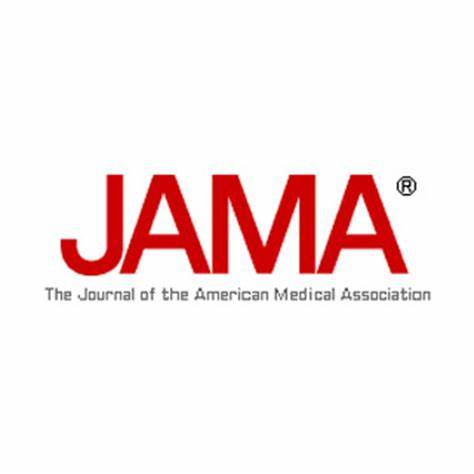Gross RS, Thaweethai T, Kleinman LC, et al. JAMA. Published online August 21, 2024. doi:10.1001/jama.2024.12747
Key Points
Question What prolonged symptoms experienced by youth are most associated with SARS-CoV-2 infection?Findings Among 5367 participants in the RECOVER-Pediatrics cohort study, 14 symptoms in both school-age children (6-11 years) and adolescents (12-17 years) were more common in those with vs without SARS-CoV-2 infection history, with 4 additional symptoms in school-age children only and 3 in adolescents only. Empirically derived indices for PASC research and associated clustering patterns were developed.
Meaning This study developed research indices for characterizing pediatric PASC. Symptom patterns were similar but distinguishable between school-age children and adolescents, highlighting the importance of characterizing PASC separately in different age groups.
Abstract
Objective To identify the most common prolonged symptoms experienced by children (aged 6 to 17 years) after SARS-CoV-2 infection, how these symptoms differ by age (school-age [6-11 years] vs adolescents [12-17 years]), how they cluster into distinct phenotypes, and what symptoms in combination could be used as an empirically derived index to assist researchers to study the likely presence of PASC.
Design, Setting, and Participants Multicenter longitudinal observational cohort study with participants recruited from more than 60 US health care and community settings between March 2022 and December 2023, including school-age children and adolescents with and without SARS-CoV-2 infection history.
Exposure SARS-CoV-2 infection.
Main Outcomes and Measures PASC and 89 prolonged symptoms across 9 symptom domains.
 |
| Development of the Postacute Sequelae of SARS-CoV-2 Infection (PASC) Research Index and Threshold for Adolescents (Ages 12 to 17 years) |
Conclusions and Relevance This study developed research indices for characterizing PASC in children and adolescents. Symptom patterns were similar but distinguishable between the 2 groups, highlighting the importance of characterizing PASC separately for these age ranges.

No comments:
Post a Comment